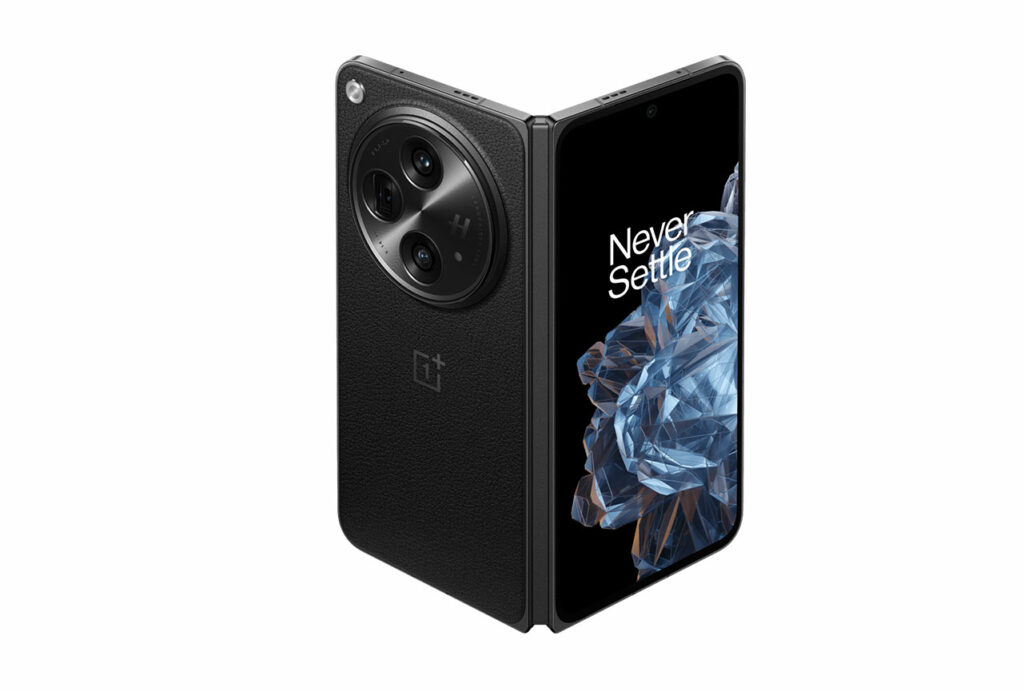We put the OnePlus Open through our rigorous DXOMARK Audio test suite to measure its performance both at recording sound using its built-in microphones, and at playing audio back through its speakers.
In this review, we will break down how it fared in a variety of tests and several common use cases.
Overview
Key audio specifications include:
- Three speakers (Top left, top right, bottom right, when unfolded)
- No jack audio output
Scoring
Sub-scores and attributes included in the calculations of the global score.
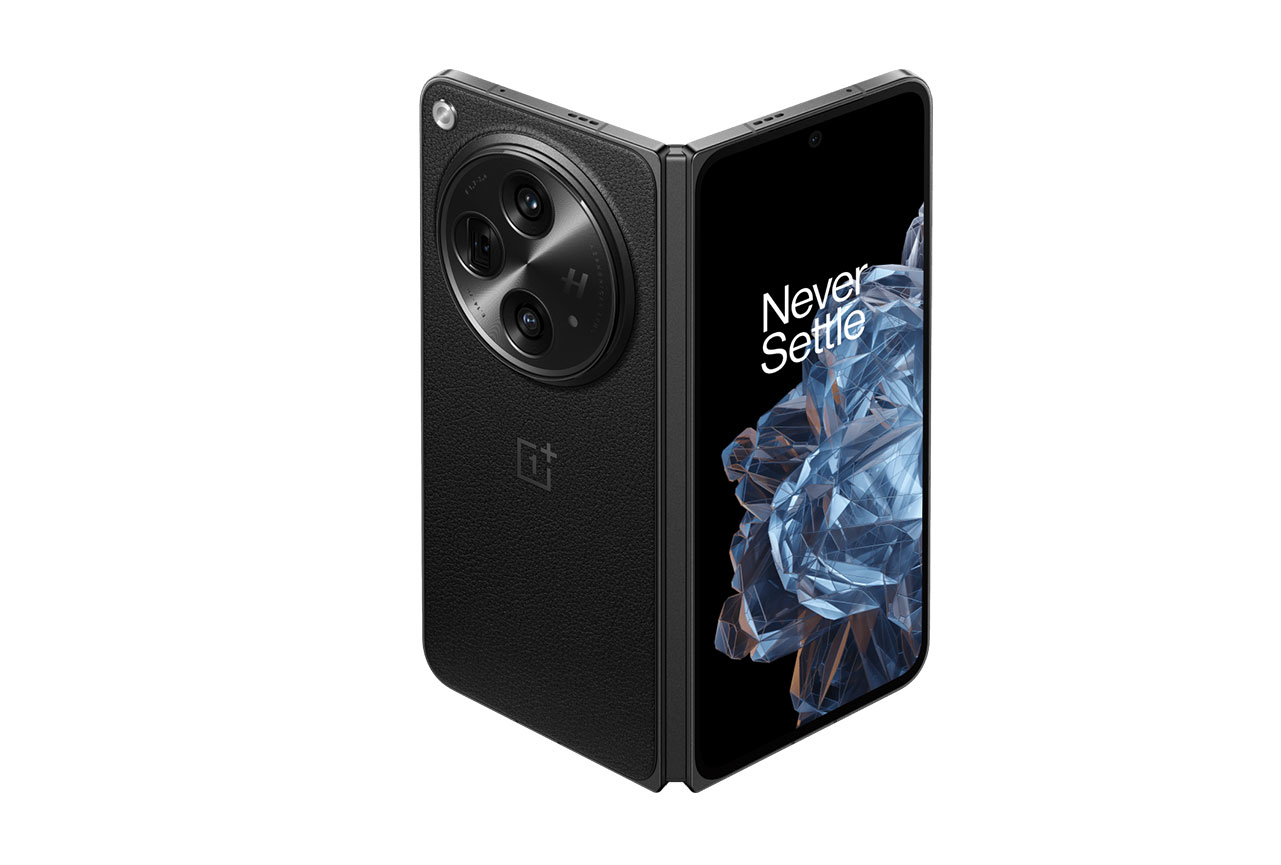
OnePlus Open


 46th
46th 32nd
32ndPlayback
Recording
Pros
- Good tonal balance, consistent across all use cases
- Good signal-to-noise ratio
- Good spatial performance
- Great audio zoom performance
Cons
- Midrange can lack clarity, treble lacks high-end extension
- Struggles at high sound pressure levels
With an overall score of 135, the OnePlus Open delivered a good performance in the DXOMARK Audio tests. Thanks to an additional speaker, it is one of very few foldable phones that offer stereo rendition in portrait orientation while unfolded, making better use of its design and large dimensions and providing better immersivity than most competitors.
In our tests, the OnePlus was consistently good across all use cases, thanks to a very pleasant timbre in both playback and recording. Our testers liked the device’s effective audio zoom feature, but also noticed some flaws such as a lack of high-end extension, a sometimes overzealous dynamics processing and compression in both playback and recording. According to the measurements, neither the built-in speakers nor the microphones offer a full frequency range, which is unusual for a device in this class. However, this did not prevent the OnePlus from delivering a satisfying timbre, and a solid performance in our tests.
Test summary
About DXOMARK Audio tests: For scoring and analysis in our smartphone audio reviews, DXOMARK engineers perform a variety of objective tests and undertake more than 20 hours of perceptual evaluation under controlled lab conditions.
(For more details about our Playback protocol, click here; for more details about our Recording protocol, click here.)
The following section gathers key elements of our exhaustive tests and analyses performed in DXOMARK laboratories. Detailed performance evaluations under the form of reports are available upon request. Do not hesitate to contact us.
Playback
OnePlus Open
163
DXOMARK engineers test playback through the smartphone speakers, whose performance is evaluated in our labs and in real-life conditions, using default apps and settings.
In playback, the OnePlus Open offered a pleasant timbre with a homogenous tonal balance. Midrange was especially warm and satisfying, but a lack of upper treble resulted in a certain dullness when listening to music. Bass sounded pretty strong and round, but it lacked low-end extension. The dynamics performance was overall decent, but notably hindered by compression at high volume. Attack sounded sharp and precise when listening to music or watching movies, but appeared slightly weak when gaming. Its rendition was also less satisfying at soft and maximum volumes. As for bass rendition, it offered good sustain, but envelope accuracy was impaired by compression, which also had a negative impact on punch.
Thanks to a third speaker on the top left of the device, the OnePlus Open is one of the rare, few foldables that offer stereophony in portrait orientation in addition to landscape. However, the spatial performance still left some room for improvement. To start with, in our tests, the third speaker was very quiet, which meant that neither balance nor wideness were actually good in portrait orientation, despite the stereophony. The results in landscape orientation were not particularly impressive either. The stereo image was not too wide, and while localizability was correct, it was not always easy to pinpoint individual sound sources. Distance rendition was pretty good, but voices could sound slightly more distant than expected.
Volume step distribution was quite consistent and the maximum volume setting was fairly loud, but our experts found the minimum volume step to be extremely quiet and therefore hardly usable. The artifacts performance was very good, however, with only some compression noticeable at both nominal and maximum volume, which was generally not problematic for the listening experience. In addition, the device’s built-in speakers were pretty much impossible to occlude.
Listen to the tested smartphone’s playback performance in this comparison with some of its competitors:

Timbre
OnePlus Open
158
The Timbre score represents how well a phone reproduces sound across the audible tonal range and takes into account bass, midrange, treble, tonal balance, and volume dependency. It is the most important attribute for playback.

Dynamics
OnePlus Open
149
The Dynamics score measures the accuracy of changes in the energy level of sound sources, for example how precisely a bass note is reproduced or the impact sound from drums.

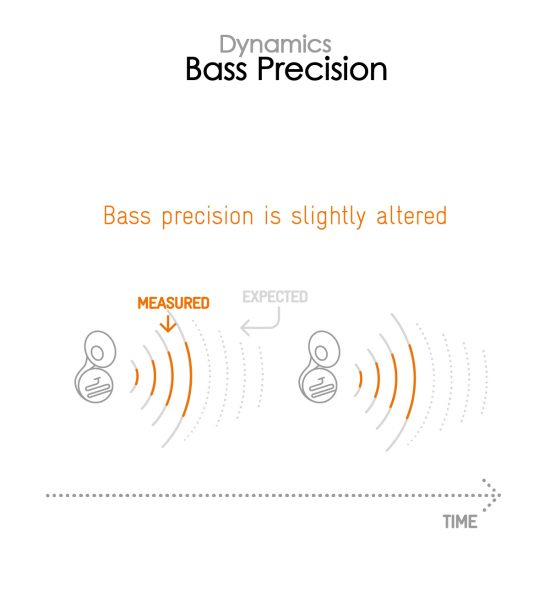

Spatial
OnePlus Open
162
The sub-attributes for spatial tests include pinpointing a specific sound's location, its positional balance, distance, and wideness.
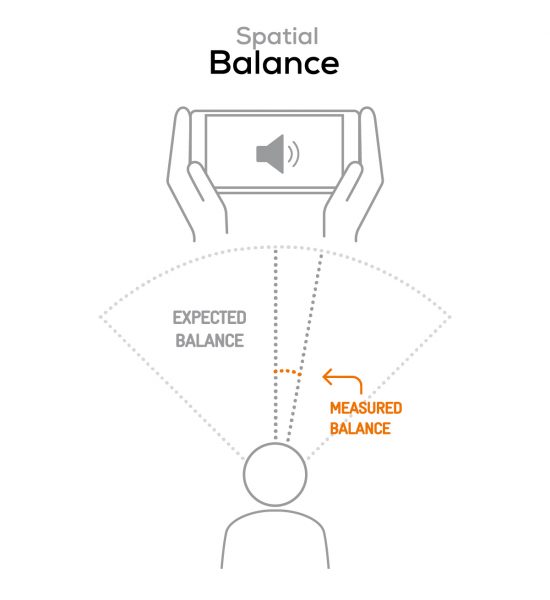
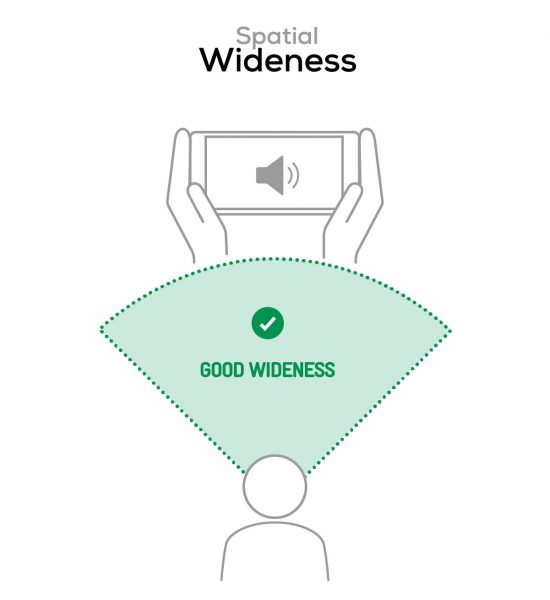

Volume
OnePlus Open
162
The Volume score represents the overall loudness of a smartphone and how smoothly volume increases and decreases based on user input.
| Hip-Hop | Classical | |
| OnePlus Open | 75 dBA | 73.5 dBA |
| Samsung Galaxy Z Fold5 | 72.8 dBA | 69.4 dBA |
| Apple iPhone 15 Pro Max | 75.1 dBA | 72.3 dBA |

Artifacts
OnePlus Open
157
The Artifacts score measures the extent to which the sound is affected by various types of distortion. The higher the score, the less the disturbances in the sound are noticeable. Distortion can occur because of sound processing in the device and because of the quality of the speakers.


It represents the distortion and noise of the device playing our test signal (0 dB Fs, Sweep Sine in an anechoic box at 40 cm) at the device's maximum volume.
Recording
OnePlus Open
160
DXOMARK engineers test recording by evaluating the recorded files on reference audio equipment. Those recordings are done in our labs and in real-life conditions, using default apps and settings.
When used as a recording device, the OnePlus delivered a good tonal balance across all use cases. With the main and front cameras, treble was correct but would have benefited from some additional high-end extension. It appeared clearer with the memo app. Midrange was satisfying and natural in all use cases, and while bass rendition was good, it lacked low-end extension and depth. Thanks to a very effective noise-reduction algorithm, the signal-to-noise ratio was good when recording with the main and front cameras. Attack was generally sharp and precise, but at high sound pressure levels, such as when recording loud concerts, compression resulted in a lack of sharpness.
Wideness of the sound scene and localizability of individual sound sources were very good when recording with the main camera. With the front camera, wideness was more restricted, but localizability remained good. In addition, distance rendition was realistic across all recording apps. Recording loudness was adequate with the main and front cameras, but slightly weaker with the memo app. Recordings made with the OnePlus were mostly free of artifacts, except for some compression at high sound pressure levels, mostly. Background rendition was excellent too, and free of noticeable artifacts.
Here is how the OnePlus Open performs in recording use cases compared to its competitors:

Timbre
OnePlus Open
147
The Timbre score represents how well a phone captures sounds across the audible tonal range and takes into account bass, midrange, treble, and tonal balance. It is the most important attribute for recording.

Dynamics
OnePlus Open
146
The Dynamics score measures the accuracy of changes in the energy level of sound sources, for example how precisely a voice's plosives (the p's, t's and k's, for example) are reproduced. The score also considers the Signal-to-Noise Ratio (SNR), for example how loud the main voice is compared to the background noise.

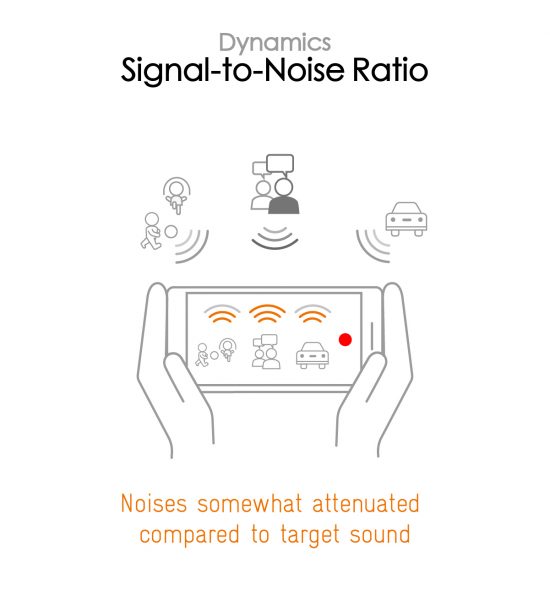

Spatial
OnePlus Open
159
The sub-attributes for spatial tests include pinpointing a specific sound's location, its positional balance, distance, and wideness on the recorded audio files.
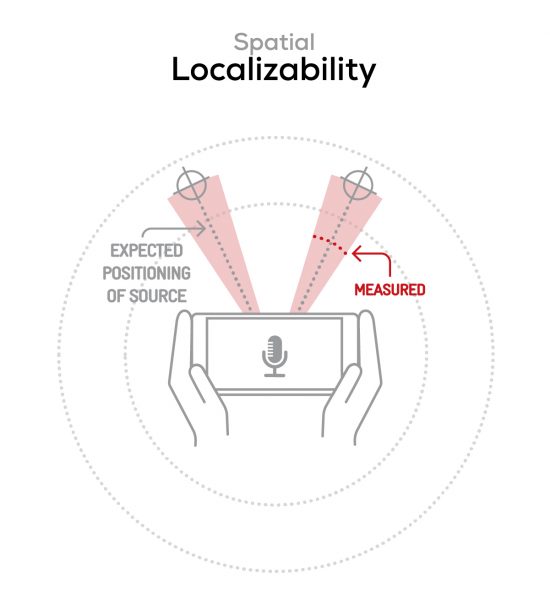


Volume
OnePlus Open
170
The Volume score represents how loud audio is normalized on the recorded files and the how the device handles loud environments, such as electronic concerts, when recording.
| Meeting | Life Video | Selfie Video | Memo | |
| OnePlus Open | -26.8 LUFS | -21 LUFS | -19.2 LUFS | -19.1 LUFS |
| Samsung Galaxy Z Fold5 | -25.8 LUFS | -22.1 LUFS | -21 LUFS | -21.1 LUFS |
| Apple iPhone 15 Pro Max | -24.9 LUFS | -22.1 LUFS | -20.5 LUFS | -19.2 LUFS |
The Artifacts score measures the extent to which the recorded sounds are affected by various types of distortions. The higher the score, the less the disturbances in the sound are noticeable. Distortions can occur because of sound processing in the device and the quality of the microphones, as well as user handling, such as how the phone is held.
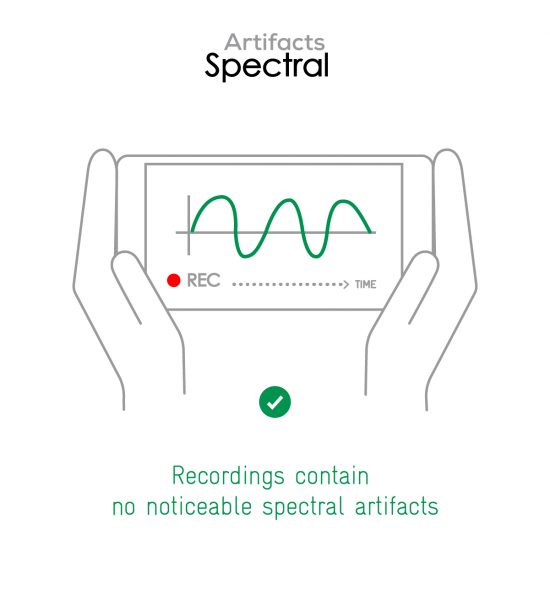
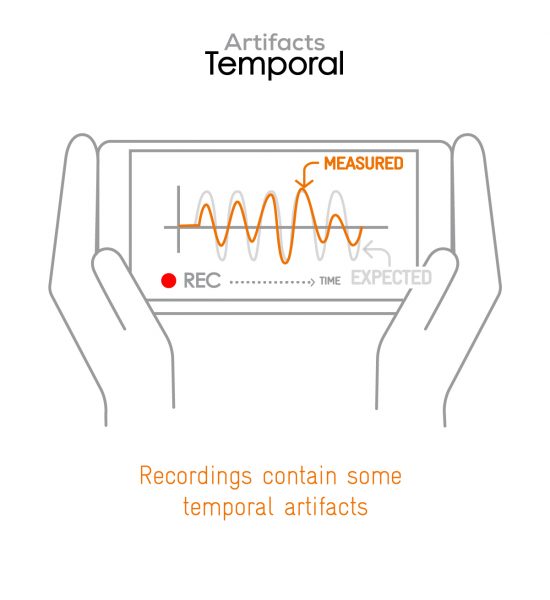
In this audio comparison, you can listen to the way this smartphone handles wind noise relative to its competitors:

Background
OnePlus Open
166
Background evaluates how natural the various sounds around a voice blend into the video recording file. For example, when recording a speech at an event, the background should not interfere with the main voice, yet it should provide some context of the surroundings.




